Your ATV tires aren’t meant to last forever. Even the most durable and highly specialized tires will need replaced eventually. But tires are a big investment and most of us don’t have a limitless budget when it comes to our quad (as much as we would love to).
Unfortunately, there is no set time period or mileage limit on ATV tires. Depending on what type of terrain you stick to and how often you ride, your tires can last anywhere from a year to 5 years (or longer). So how do you know when it’s finally time to bite the bullet and buy a new set?
Since there is no firm expiration date on a new set of tires, it’s important to know what to look for in terms of wear and tear. Here’s a rundown of the top 4 signs that your ATV tires might be nearing the end of their run.
Visible wear and tear is one of the most obvious signs of a bad tire. We recommend conducting a pre-ride inspection every time you take your quad out. Here are some specific things to look for:
If you notice any new or unusual vibration when riding, it could be a sign of bad tires. Sometimes this can be fixed by rotating them. But if you rotate your tires and the vibration is still there, uneven tire wear could be the issue. It could also be due to the separation of your tire’s internal plies, which would push pressurized air up against the rubber wall and cause wobbling.
A constant humming sound that changes with your ATV’s speed could signify a chopped thread. Another weird noise to listen for is a thumping sound, which might indicate that your tire has a flat spot. In either case, it’s probably time for some replacement tires.
Another weird noise to listen for is a thumping sound, which might indicate that your tire has a flat spot. In either case, it’s probably time for some replacement tires.
Tires are considered balding when there is little to no tread pattern left. Driving on bald tires is dangerous because of the lack of traction. Your tire’s grooves are there to allow water and debris to escape from the tread. When there is no tread and water can’t escape, you can end up hydroplaning or spinning out of control.
As the rubber wears down, a tire becomes more and more dangerous to ride on. You need tread depth for traction—especially on slick surfaces—so balding ATV tires definitely need replaced.Buying and mounting new tires is a pain in the butt (and the wallet), but it’s inevitable. Here are a few steps you can take to ease that pain and extend the life of your ATV tires.
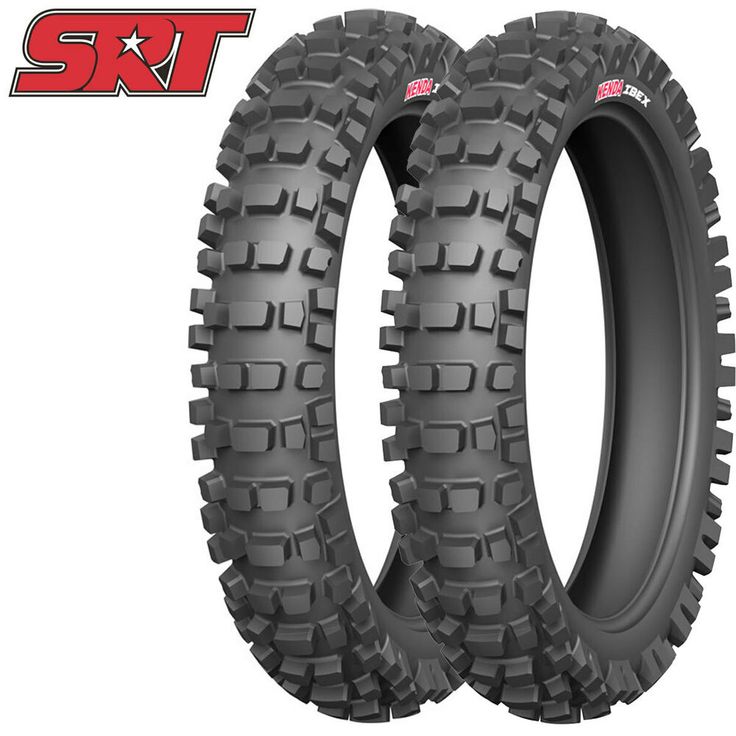 This is a great way to catch minor issues before they become major problems.
This is a great way to catch minor issues before they become major problems.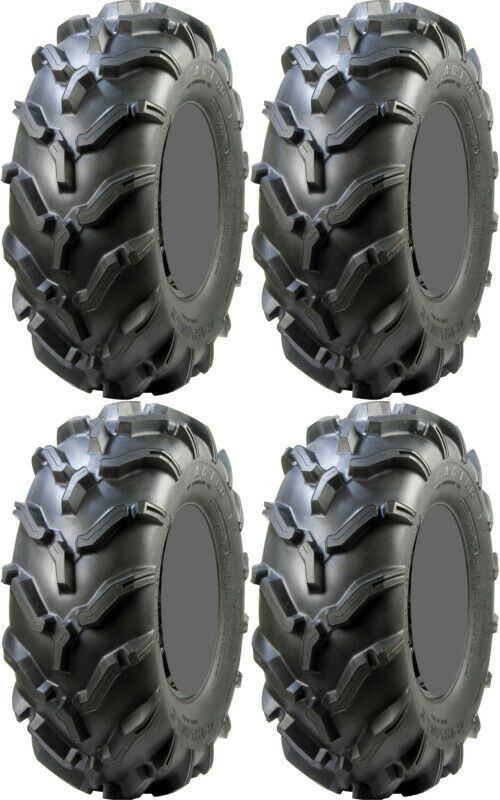 It’ll get you the best performance and help your tires last longer.
It’ll get you the best performance and help your tires last longer.Tire maintenance is an investment, but it’s worth it if you want a smooth ride and top machine performance. To really make that investment go far, opt for a quality set of tires suited to your ride style. The next time you’re in the market for new ATV tires, check out what SuperATV has to offer. Whether you need specialized mud tires or an aggressive all-terrain set, we’re here to keep your quad looking good and performing even better.
RELATED CONTENT: ATVs38 tires15
Share
1
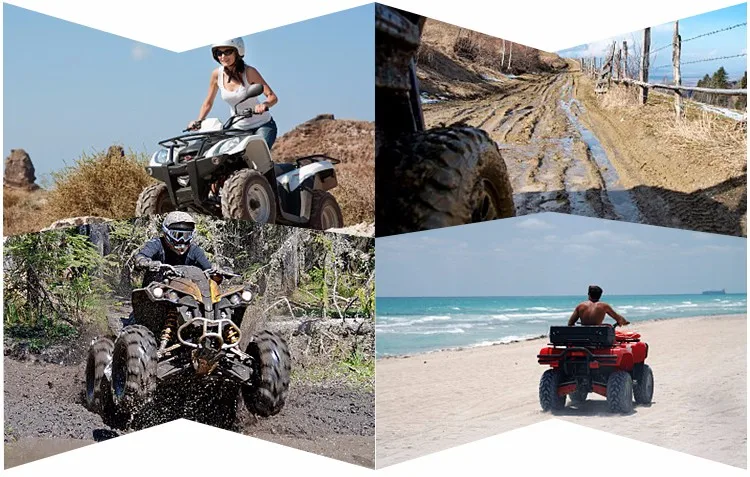 com
comHave you ever thought about exactly how long do tires last, and how to find out date codes? Then you have come to the right place. I will tell you how you can find it out.
On ATV tires, you can find the date of tires by looking inside or outside of the tires. You want to be looking at four-digit and “DOT” at the front of it. The first two letters indicate in four-digit tell you which week it was produced, and the two last tell you what year it was made.
Finding it may be easy, but what if “DOT” doesn’t stand there or how long do you know when the time is to replace new tires. To learn more in detail, keep on reading, and I will tell you how to find out.
Table of Contents
The date codes are stamped on the tires which tell us when it was manufactured. You may wonder why tires don’t have any expiration date. There are several reasons for it:
Driver usage: If the driver is driving their ATV daily, the chances are the lifespan of the tires won’t last longer than those that are using one or two times at the weekend.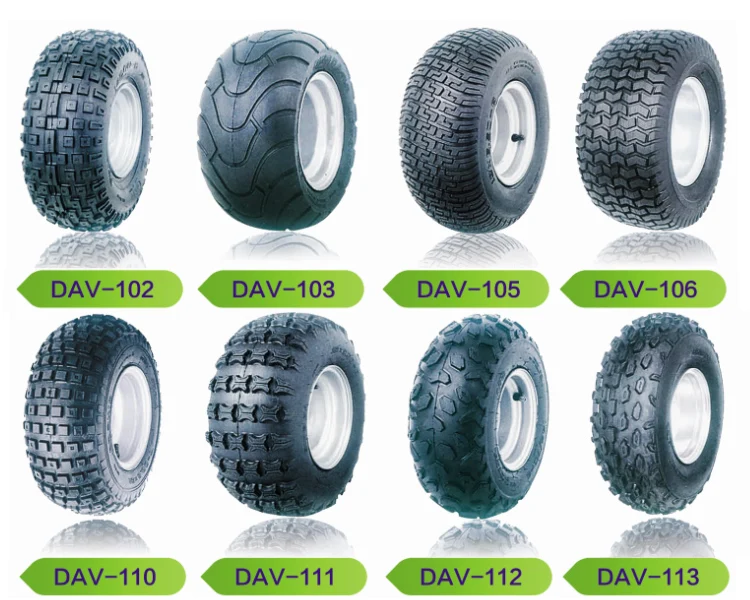
Climate: Temperature affects tires’ performance and their lifespan as well. In a dry condition, the tires won’t last longer than tires that are used in a moist climate.
Trail: Riding off-road, climbing up a hill requires a lot of power, but good traction from the wheels. This pushes the tires harder, and more of the rubber is stretched and worn out tread pattern.
Storing in open light: Try to avoid any sun-light (UV-ray) since it will be damaging tires in two ways. 1. It will increase the temperature (since rubber absorbs the UV-ray) and accelerate the aging progress.
The sunlight contains ultraviolet that affects the structure of the rubber which weakening strength and cause cracks (making it more brittle).
These are some of the factors that decide on how long tires would last, and therefore it’s unpredictable to say how long they last.
Manufactures recommend swapping the old ones out after 6 or 10 years old.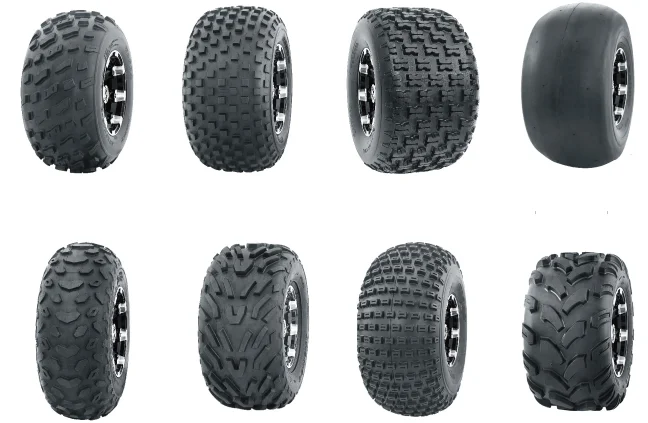 However, this depends on many factors like driver usage, climate, aggressively driving, and trail you ride.
However, this depends on many factors like driver usage, climate, aggressively driving, and trail you ride.
In hot climates like (Amazon, Minnesota, Nevada, and Florida), you should replace tires within 6 years, and the limit for 10 years in cold climates like (Michigan, Minnesota, Nord-Dakota, Maine, and Wisconsin).
Since tires don’t have any expiration date, you need to look on the condition tires by yourself.
Sign of when you should replace tires
In short answer, you might want to replace your tires every 3-4 months if you usually riding 3 hours weekly. Still, it would help if you inspected the tires to see whenever you need to change earlier or later on depending on the threat pattern.
The first thing we often do is looking at the tread pattern. If there aren’t almost anything left on the tires. You might want to replace a new one since the old would start losing grips while riding.
The other thing you need to look at is the side of the tires.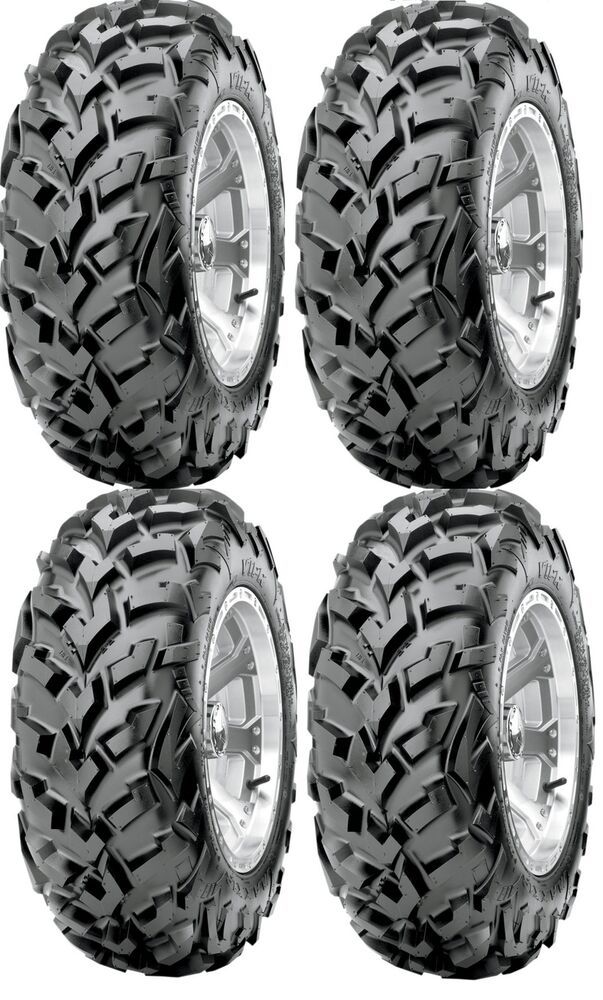 If there are cracks on the side, it means the tires are old and could potentially be dangerous riding around with it.
If there are cracks on the side, it means the tires are old and could potentially be dangerous riding around with it.
Within the current year, you shouldn’t purchase tires that are older than 5 years.
As I mentioned earlier, the date code doesn’t matter as much. What we need to pay attention to is increase the life of the tires. There are many ways on how you can do it, but I want to give you simple tips that only takes a couple of minutes to do.
Protect tires from sunlight or high temperatures
Keep Tires in a cool place and dry to reduce deterioration
Avoid moisture or humidity place since it can compromise the tires
Avoid tires from freezing when temperatures drop
If you find tires that have a four-digit and “DOT” in front of the number, it means the tires have been produced since the year 2000. Luckily, The NTSB regulations don’t allow dealerships to sell tires that are older than 7 years, even if the tires haven’t been sold.
Despite being told, it’s not a bad idea to check the date code to ensure you buying the right ones.
For many of us might think buying tires that are produced within the year is the best. However, this isn’t the case. Many tires are created in other country. These may sometimes take time before it arrives in the United States from the manufacturer.
As long as the tires have been stored in a controlled environment, they are in excellent condition, despite the fact that Date code is a couple of years old. Try to avoid buying tires that are older than 5 years old. The ideal tires you would be looking for are tires that are produced under 2 years.
If you were looking for a new pair set of tires and suddenly saw it doesn’t have DOT stamped on the tires, it means they are not street legal.
They are not designed to use on hard surface because they only use low air pressure which makes them unsafe on the street road.
DOT stands for Department of Transportation, if your tires have a stamped, it means the tire manufacturer’s compliance with them. These tires have been tested, inspected and approved to use on the road.
It may be hard to find the DOT code since there are no regulation on how to place the DOT code. You may need to look at it several times on the sides before you find the numbers.
Usually, the “DOT” and numbers are on the backside, very close to the bead. The DOT number only appears on one side.
If you have purchase tires that don’t have the letters “DOT”, return it back to where you bought them. This isn’t acceptable to sell tires without any safety approval on them (if you plan on driving on the road).
The other reason it doesn’t have “DOT” it may be dangerous riding with these tires.
Do you want to find out which tire is compatible with your rim, I have a post about it, click here to learn more.
Yes, as the rubber age, the harder it will get. Old tires are dangerous since the material isn’t stretchy and strong as it used to, which can cause unexpected tread separation.
Old tires are dangerous since the material isn’t stretchy and strong as it used to, which can cause unexpected tread separation.
This doesn’t happen often, but if you were not driving or let the tires aging over several years, there may be a chance it could occur.
Inspect the condition of the tires by searching for cracks or by poking with your fingernail.
When feeling the tires, you will notice with your finger whenever the tread of the tire is soft or hard. Older rubber are easier to crack compared to newer ones.
The older tires are hard, which makes it more difficult to get grip. Newer ones are stronger and stretch, making it easier to get grip.
Getting balanced on tires is optional. The purpose of balancing is to reduce any vibration between the rim and tires. Some vibration is too small to notice which makes sense why you don’t need it.
They may look like the same size, but they are not the same. To ensure that they are compatible to your vehicle, always check the letters on the tires.
To ensure that they are compatible to your vehicle, always check the letters on the tires.
05/17/2018
The numbers written on the side of the rubber tire can tell the owner of the ATV everything that interests him. And if you are for some If you don't know what these mysterious numbers mean, then you can be mistaken when choosing the next set of tires. But tires directly determine whether it will go technique further or not. So, in this article you will close all the questions on about the decoding of size ATV tire .
All tires have their own basic parameters - this is the width, height and diameter. The value of these parameters is mainly measured in inches. Exists two units:
1) If you have ATV, then this is for you. English version is the most common number system that is used when determination of tire dimensions on ATVs. All measurements here are in inches. (1 inch equals 2.54 cm). For example, the size indicated in English classification looks like this - 25x8x12 . Let's take a closer look at the meaning of each digit:
All measurements here are in inches. (1 inch equals 2.54 cm). For example, the size indicated in English classification looks like this - 25x8x12 . Let's take a closer look at the meaning of each digit:
- The first digit 25 shows the height of the tire in inches;
- The second digit 8 indicates the width of the tire in inches;
- The last, third digit 12 indicates the diameter of the wheel disk, it is also measured in inches. Disc diameter on each ATV can be different. Therefore, be careful before you buy tires for ATV, see what regular disks are installed on your vehicle.
And a very important point worth noting. Often our customers ask themselves: “If I have a tire size of 20x10x10, can I put instead of them 20x11x10? The answer is yes. First, you can put rubber on regular wheels with a size exceeding 1 inch in height and width. Secondly, if you want tires even wider, then for this you will need to buy other disks.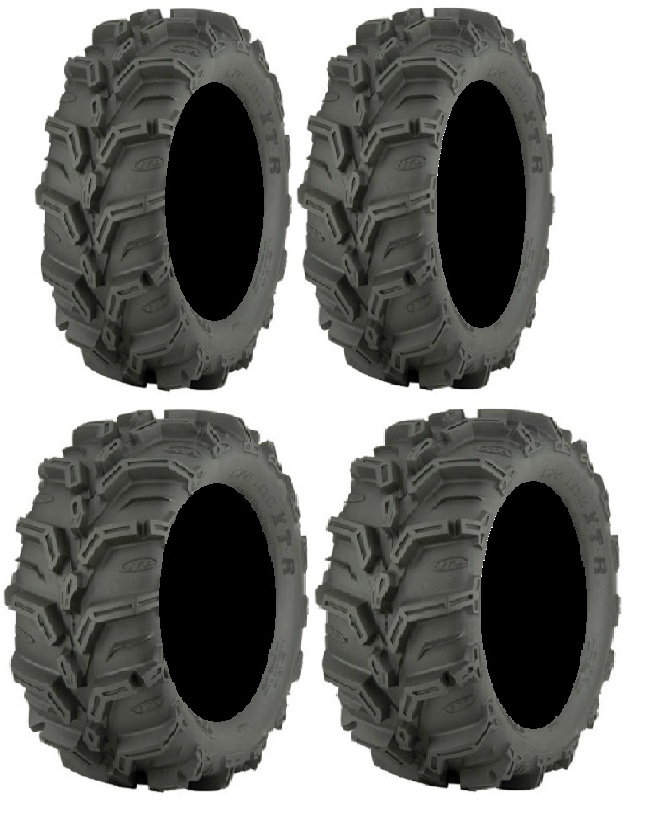 But again, there are limitations. On discs of other diameters, you can install rubber, the largest is only 2 inches in height and width.
But again, there are limitations. On discs of other diameters, you can install rubber, the largest is only 2 inches in height and width.
These two rules must be strictly observed, otherwise, if you try to put tires of an unacceptably large size, this may adversely affect on a quad bike. After all, the rubber will be larger and, accordingly, heavier, which does not fit the technical parameters of the ATV. In production ATVs take into account all the characteristics, so manufacturers of ATV equipment I don't recommend using bigger tires at all. But if you do decided to increase the size of tires, call our toll-free number, we we will help.
2) Also there is another version - metric . Here the dimensions are indicated in percentage and millimeters. For example, size specified according to the metric classification - 205/80 Rx12 . Such designations are usually used on automobile tires. Let's see what's what:
- The first digit of 205 shows the total tire width in millimeters. Converting this value to inches, we will just get the number 8 (in the English version is 8 inches wide).
Converting this value to inches, we will just get the number 8 (in the English version is 8 inches wide).
- The second digit 80 indicates the ratio of the height of the tire to its width, measured as a percentage. After doing some mathematical manipulations, we get the number 25 (in the English version, the height is equal to 25 inches).
- The number 12, as in the English version, shows the size disk in inches.
- Well, the letter R means that our tire is radial.
The most important thing to remember from the article is that it is not recommended to install tires of huge sizes that do not correspond to the parameters your ATV . If you want to change the tires on your vehicle, give us a call. we will help.
Everything has an expiration date, car tires are no exception. How long can they be used? Can you ride tires that are many years old, but they look quite working? Is it worth saving on tires by buying products that have not yet been used, but have been stored in a warehouse for 5-7 years?
Release date is an important parameter when choosing car tires
These questions at least once arose before the majority of motorists. We answer them - in detail and in detail.
We answer them - in detail and in detail.
The date of manufacture of the tire is always on its sidewall in an oval stamp
Information about when a car tire was produced is placed on its side. You will easily notice an oval stamp with four numbers inside - for example, 1118.
So, we have a tire that “saw the light” in January 2003.
Certification of automobile tires for their sale on the Russian market is carried out by the Department of Transport. Tires without age marking, and in a strictly prescribed form, will not receive a quality certificate. This rule is the same for all tire manufacturers.
See also: Tire marking: deciphering the designations on tires
Drivers change cars at least twice a year.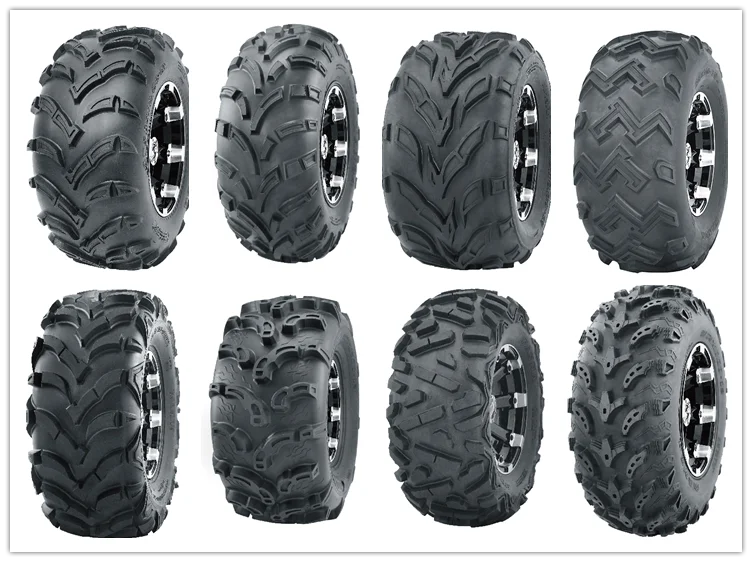 As a rule, rubber is operated for several years, and then new tires are bought. At the same time, the tread pattern, raw materials, radius are taken into account, but they rarely pay attention to the release date of the product. But it is this information that helps to better understand the condition of the tires and how long they will last.
As a rule, rubber is operated for several years, and then new tires are bought. At the same time, the tread pattern, raw materials, radius are taken into account, but they rarely pay attention to the release date of the product. But it is this information that helps to better understand the condition of the tires and how long they will last.
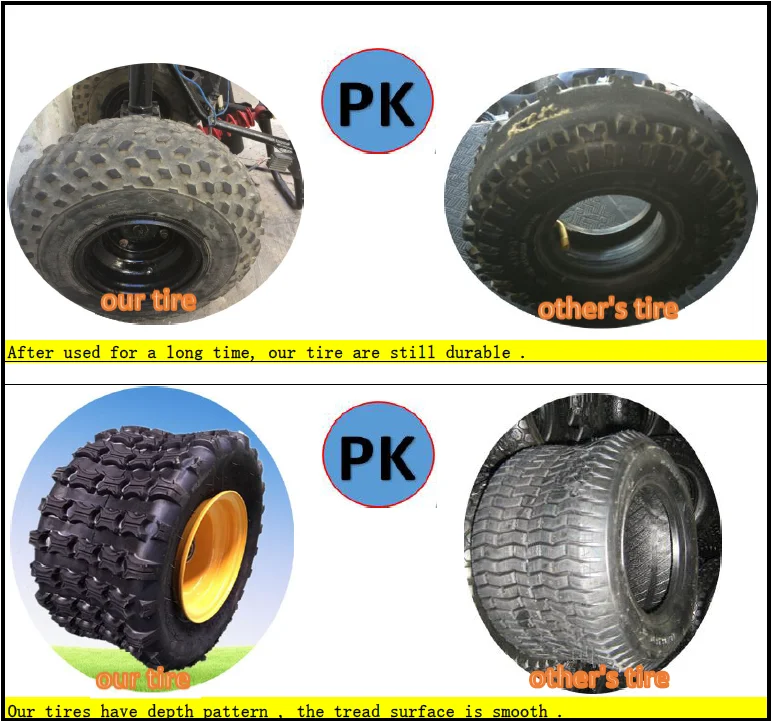 The older the product, the harder it is.
The older the product, the harder it is. You can determine for yourself whether the tires have begun to age. To do this, pay attention to their side. Did you see small cracks here? This is the first sign of aging. Over the years, these scratches will become deeper, and the tire itself will begin to change color, acquiring a whitish tint on the originally black rubber.
In the process of aging, black rubber becomes covered with a whitish coating.
Have you noticed similar symptoms on your car tires? So, it's time to change them - you should not pull further, even if the tread does not look worn out. It is dangerous to drive a car with such tires.
The tire is a mixture of chemical compounds. A number of factors influence it:
Tires can experience different loads, so they have different lifespan, and it is impossible to accurately predict it.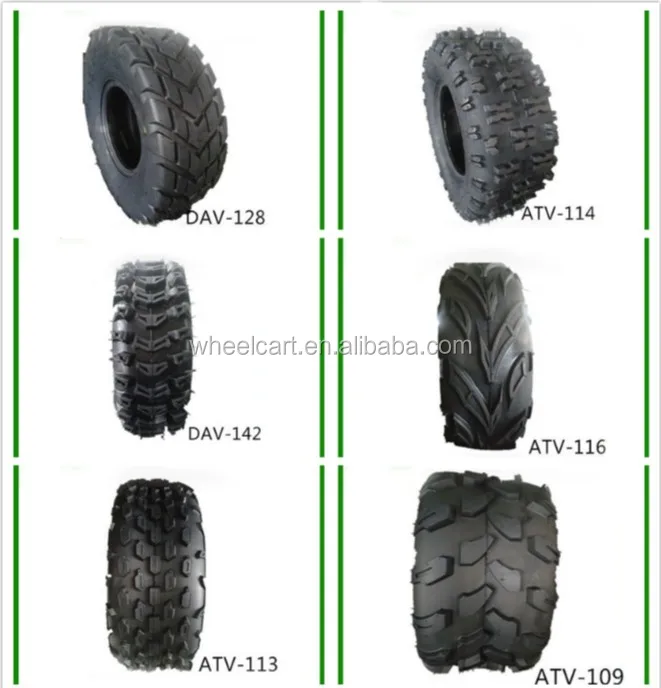
Pay enough attention to the wheels - pay attention to the condition of the tires yourself, and also stop by the service centers. After five years of operation, tire diagnostics should be performed at least once a year.
See also: What pressure should be in the tires?
The aging process is accelerated by three main factors:
It is important to properly store summer and winter tires, protecting them from threatening external factors. By observing the storage conditions, you prolong the "life" of tires - their elasticity remains at an acceptable level for a long time.
Tires are quite picky about storage conditions: in order for them to retain their original properties for a long time, they must be stored correctly.
Proper storage is the key to maintaining tire performance.
Storing tires according to the rules is a task that requires control. Therefore, the longer tires lie in stock, the higher the risk that their properties and resources are no longer at that high level.
The properties of tires, their durability and wear resistance largely depend on the quality of rubber. Accordingly, they depend on the manufacturer, who selects raw materials for products manufactured under his brand.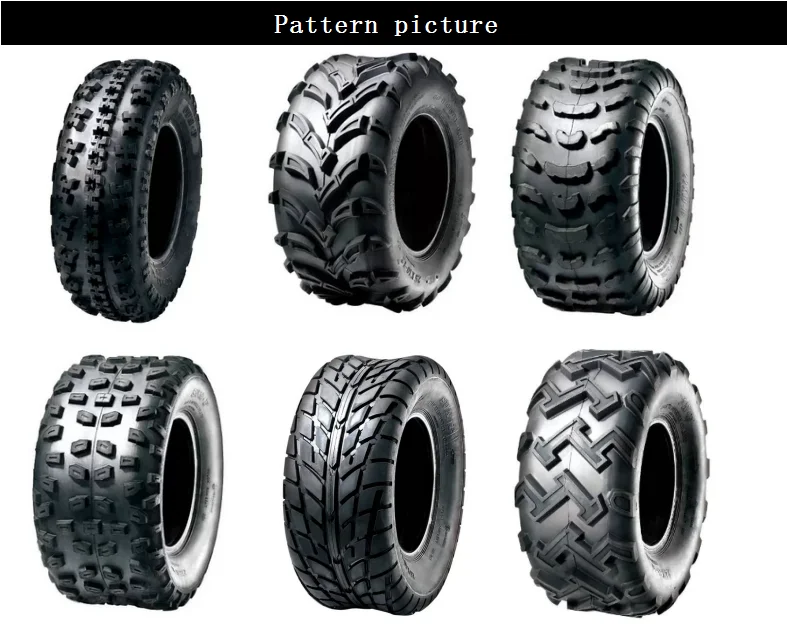
Choose tires from trusted and well-known manufacturers
The largest companies are investing huge amounts of money in the development of unique compounds - they are added to rubber, making it as resistant to aging as possible.
Giving preference to tires from world manufacturers - for example, Nokian, Goodyear or Michelin, you choose high quality, confirmed by time and expert reviews. Under the right conditions of storage and operation, these tires will serve much more than 5 years - their warranty period.
Carefully inspect each tire. Tires should not have any white coating, no scratches, no burrs. Then it is worth checking the products by touch in order to make sure that they are elastic.
Does the appearance of the tires cause any complaints? This indicates that they were stored correctly, therefore, the performance properties are at the proper level.
If you have tires in front of you that are overtaking the symptoms of aging, it's not worth the risk. Such tires will not last long, and you will waste your money.
There are two sets of tires - both from reliable brands, each with a good view? Then choose the one that is "younger". In this case, the guarantee of proper storage is higher.
Don't get too hung up on the age of the tires. For example, tires that have just "knocked" two years, show themselves no worse than products that have just entered the market. But! They must initially be of good quality, that is, from manufacturers whose reputation is beyond doubt. Should inspire confidence and appearance - without cracks and whitish coating. Well, you have the right to ask for a discount on two-year-old tires.
Expert advice will help you choose the right tires and keep them in working condition for a long time.
